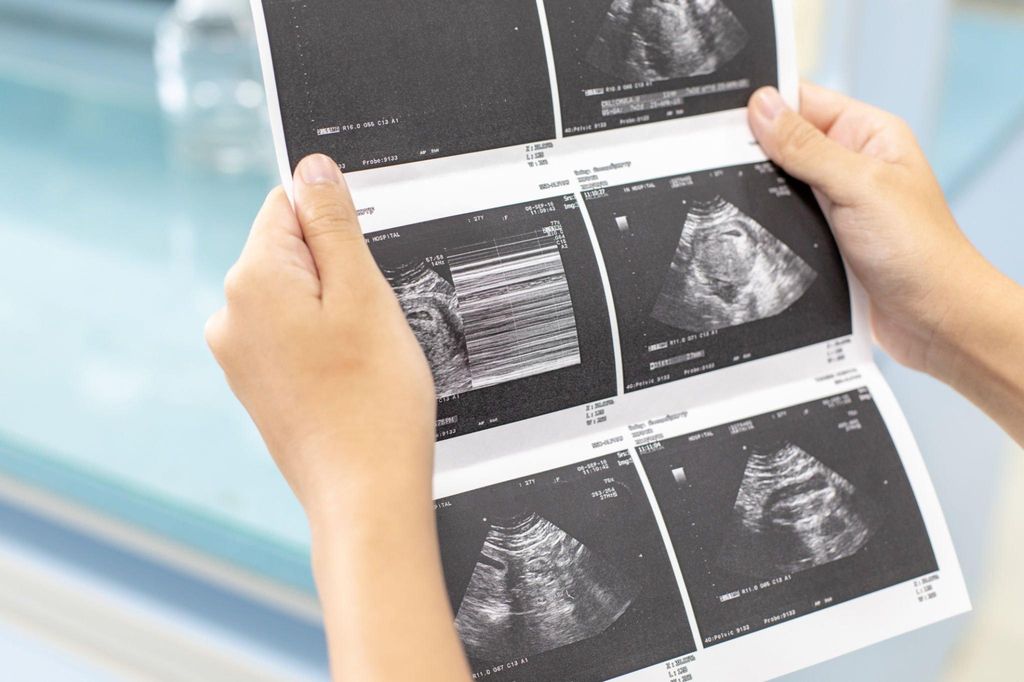Summary
Bedside ultrasound assessment of gastric content and volume can help determine aspiration risk in patients undergoing anesthesia. Pulmonary aspiration of gastric content is a serious complication that can occur during anesthesia. This can lead to significant morbidity and mortality. Traditionally, aspiration risk is assessed based on fasting times.
However, fasting guidelines may not be applicable in all situations, such as urgent or emergent cases. Gastric content and volume assessment using ultrasound is a new point-of-care tool that can help determine aspiration risk. This systematic review summarizes the current literature on bedside ultrasound assessment of gastric content and volume in anesthesia practice.
Seventeen relevant articles were identified. Studies were categorized into those describing the sonographic characteristics of different types of gastric content (empty, clear fluid, solid) and those describing methods for quantitative assessment of gastric volume. The authors propose a possible algorithm for the clinical application of this new tool and highlight areas that require further research.










